Vietnam has established itself as one of the world’s leading shrimp exporters, known for both quantity and quality. At VNSeafoodInsider, we understand that navigating the complex landscape of Vietnamese shrimp suppliers can be challenging, especially if you’re looking to import premium products for your business. This comprehensive guide will walk you through everything you need to know about sourcing high-quality shrimp from Vietnam, ensuring your seafood business thrives with the best products the country has to offer.
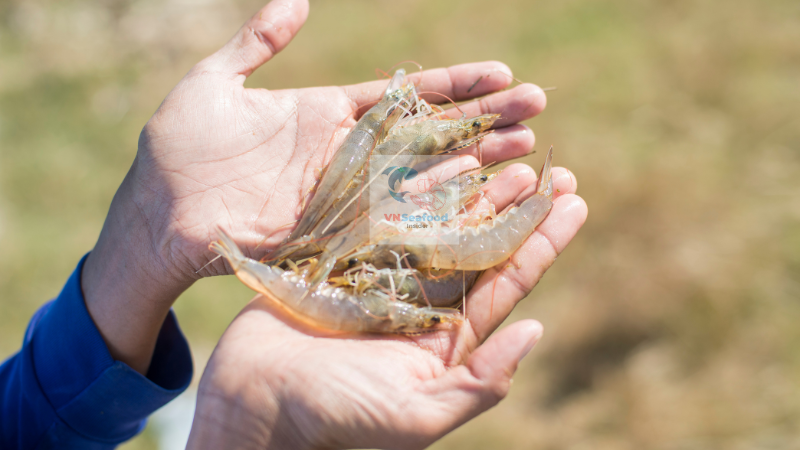
Outline
ToggleUnderstanding Vietnam’s Shrimp Industry Landscape
Vietnam’s shrimp farming tradition dates back generations, but it’s the country’s recent modernization and commitment to sustainable practices that have propelled it to the global stage. The warm waters of the Mekong Delta and the country’s extensive coastline create ideal conditions for shrimp cultivation.
The Vietnamese shrimp industry primarily produces two main varieties: Black Tiger shrimp (Penaeus monodon) and Whiteleg shrimp (Litopenaeus vannamei). Each has distinct characteristics that appeal to different markets and culinary applications. Black Tiger shrimp are known for their impressive size and distinctive taste, while Whiteleg shrimp are valued for their consistency and adaptability to various farming methods.
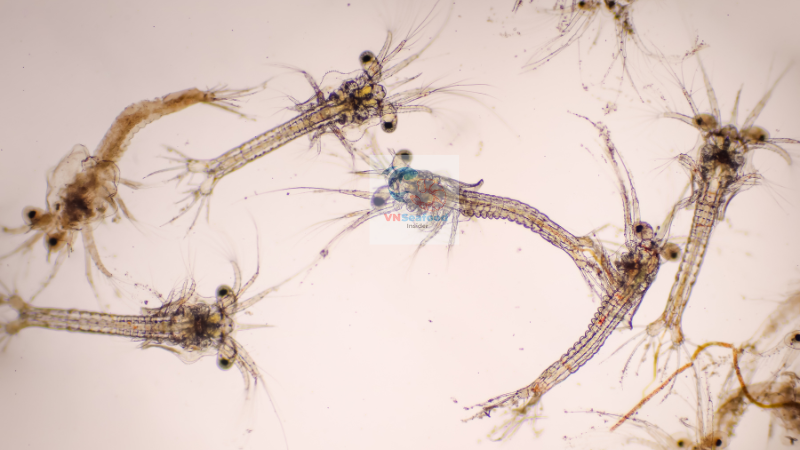
When you’re looking to source from Vietnamese shrimp suppliers, understanding these differences is crucial to meeting your specific business needs. A seafood importer focused on premium restaurants might prioritize Black Tiger shrimp for their impressive presentation, while a processor might prefer the reliability and volume capabilities of Whiteleg varieties.
Key Shrimp Farming Regions in Vietnam
The geography of Vietnam plays a significant role in the quality of its shrimp production. Different regions offer distinct advantages and specializations that savvy buyers should be familiar with.
Mekong Delta: The Heart of Vietnamese Shrimp Production
The Mekong Delta, often referred to as Vietnam’s “rice bowl,” is also the country’s shrimp farming powerhouse. Provinces like Ca Mau, Bac Lieu, Soc Trang, and Kien Giang collectively produce over 80% of Vietnam’s farmed shrimp.
What makes the Mekong Delta special is its natural brackish water environment—perfect for shrimp cultivation. The region has invested heavily in infrastructure specifically designed for aquaculture, with thousands of hectares dedicated to both extensive and intensive farming methods.
If you’re seeking suppliers with high volume capabilities and consistent production cycles, the Mekong Delta’s established producers offer reliability and experience. Many have been in the business for decades and have developed sophisticated farming techniques that balance productivity with sustainability.
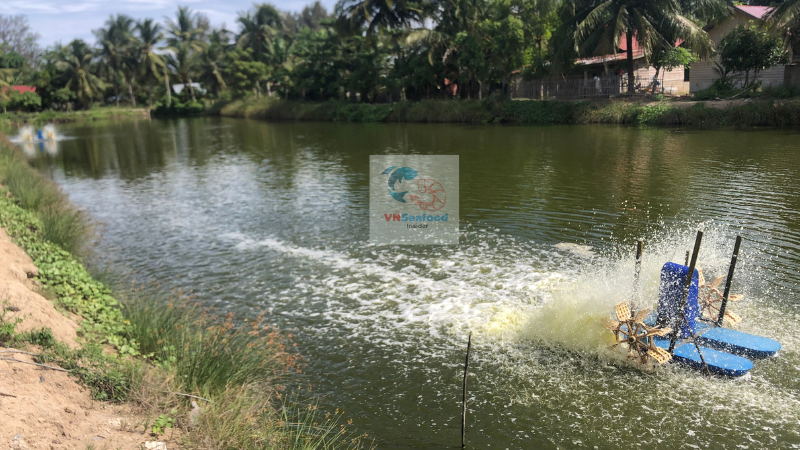
Central Vietnam: Emerging Quality Producers
While less voluminous than the Mekong Delta, central provinces like Quang Ninh, Nghe An, and Nha Trang are rapidly gaining attention for their quality-focused approach to shrimp farming. These regions often emphasize organic methods and smaller-scale production that allows for meticulous quality control.
For buyers seeking premium shrimp with specialized certifications or unique characteristics, central Vietnam’s boutique producers offer compelling advantages. Many farms in this region have embraced international standards like Aquaculture Stewardship Council (ASC) or Best Aquaculture Practices (BAP) certification, appealing to markets with strict sustainability requirements.
See another post: Top 5 shrimp processing companies in Vietnam
What to Look for in Quality Vietnamese Shrimp Suppliers
Finding the right supplier goes beyond simply identifying those with the lowest prices. At VNSeafoodInsider, we recommend focusing on several key factors that differentiate exceptional Vietnamese shrimp suppliers from merely adequate ones.
Certifications and Compliance
The global seafood market increasingly demands verifiable credentials that attest to quality, sustainability, and food safety. When evaluating Vietnamese shrimp suppliers, prioritize those with relevant certifications:
- HACCP (Hazard Analysis Critical Control Point): This is a basic requirement for any seafood processor exporting to major markets.
- BAP (Best Aquaculture Practices): A comprehensive certification covering environmental responsibility, social welfare, food safety, and animal health.
- ASC (Aquaculture Stewardship Council): Focuses specifically on environmentally sustainable and socially responsible seafood farming.
- EU Approval Number: Essential for any supplier exporting to European markets.
- ISO 22000: Demonstrates adherence to international food safety management standards.
These certifications not only ensure the quality of the product but also protect your business from regulatory issues when importing. A supplier proudly displaying these credentials has made significant investments in compliance and quality control—a good indicator of their commitment to excellence.
Production Capabilities and Consistency
Reliability matters in the seafood business. Before committing to a Vietnamese shrimp supplier, thoroughly investigate their production capacity and track record for consistent delivery.
Ask pointed questions about:
- Monthly production volume
- Seasonal variations in supply
- Backup plans during environmental challenges (such as unusual weather patterns)
- Cold chain management throughout their process
Remember that a supplier offering unrealistically low prices might be cutting corners on quality control or sustainability—shortcuts that could ultimately harm your business reputation. As the Vietnamese saying goes, “Cheap things are not good; good things are not cheap” (Của rẻ không tốt, của tốt không rẻ).
Quality Control Measures
The difference between mediocre and excellent shrimp often comes down to the rigor of quality control processes. Superior Vietnamese shrimp suppliers implement multiple inspection points throughout their supply chain:
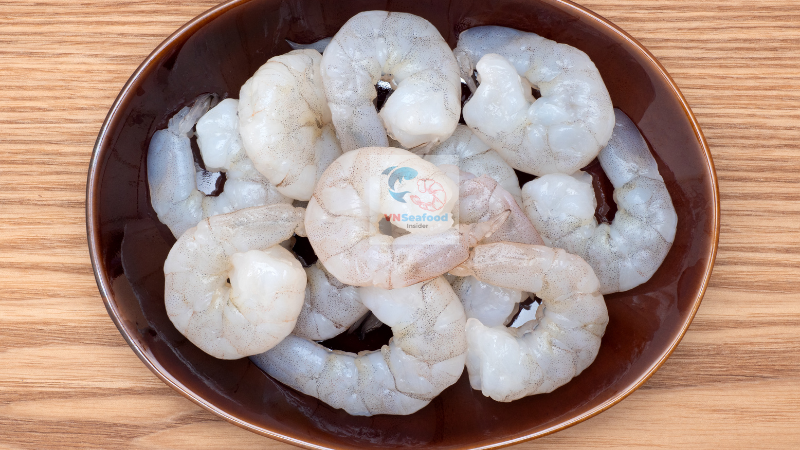
- Water quality monitoring in farming ponds
- Regular testing for antibiotics and chemical residues
- Size grading consistency
- Organoleptic evaluation (appearance, odor, texture)
- Cold chain integrity verification
During factory visits, pay special attention to cleanliness, organization, and staff behavior. These visual cues often reveal more about a supplier’s commitment to quality than what’s written in their marketing materials.
Read more: Top 6 Vietnam Seafood Export Products 2024 – Market Insights and Trends 2025 -> click here.
Building Relationships with Vietnamese Shrimp Suppliers
In Vietnamese business culture, personal relationships hold tremendous value and often determine the success of business partnerships. Taking time to develop authentic connections with your suppliers can yield benefits beyond favorable pricing.
Navigating Cultural Differences
Business in Vietnam combines modern international practices with traditional Asian values. Understanding these cultural nuances will help you build stronger supplier relationships:
- Face-saving is important: Public criticism can damage relationships permanently. Address concerns privately and constructively.
- Hierarchy matters: Respect organizational structures and ensure you’re speaking with decision-makers.
- Patience is valued: Rushing negotiations may be perceived as disrespectful. Allow time for relationship building.
- Indirect communication: Vietnamese communication often relies on context and implication rather than direct statements.
One American seafood importer shared his experience: “I spent three days with a potential supplier in Ca Mau, mostly sharing meals and visiting local sights, barely discussing business. I was getting impatient until my Vietnamese colleague explained this was normal relationship-building. Sure enough, by the fourth day, we had the most productive business discussion and secured excellent terms.”
Effective Communication Strategies
Language barriers can present challenges when working with Vietnamese shrimp suppliers. To overcome these obstacles:
- Use simple, clear language in written communications
- Confirm understanding by asking for specific feedback
- Consider hiring a local representative or translator for important negotiations
- Be prepared to use visual aids and product specifications with detailed images
- Follow up verbal agreements with written confirmation
Modern Vietnamese suppliers increasingly employ English-speaking staff to facilitate international business, but showing respect for cultural differences will distinguish you from other buyers.
Navigating Logistics and Import Regulations
Even after finding high-quality Vietnamese shrimp suppliers, successfully bringing products to your market requires navigating complex logistics and regulatory requirements.
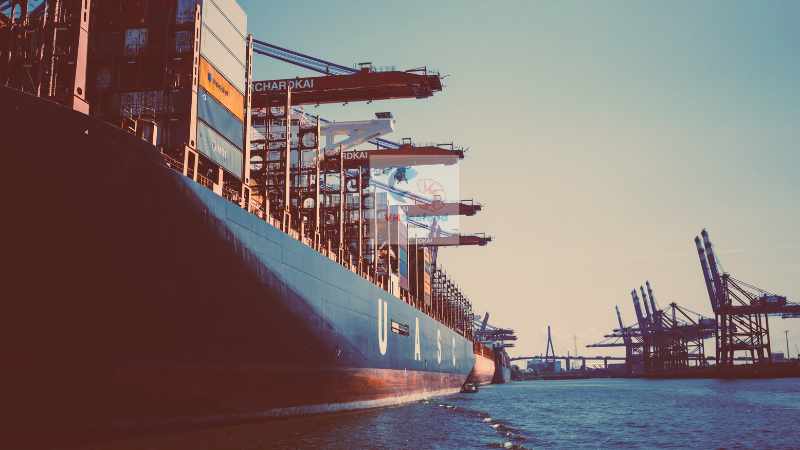
Understanding Export Documentation
Vietnamese seafood exports require several key documents:
- Health Certificate from Vietnam’s National Agro-Forestry-Fisheries Quality Assurance Department (previous named NAFIQAD, now changed name to NAFIQPM)
- Certificate of Origin
- Packing List
- Commercial Invoice
- Bill of Lading or Airway Bill
- Catch Certificate (for wild-caught products)
Working with suppliers experienced in exporting to your specific market can significantly simplify this process. The most established Vietnamese shrimp suppliers maintain dedicated export departments that handle documentation requirements for major markets like the US, EU, Japan, and Australia.
Import Considerations for Your Market
Each destination market has unique requirements for seafood imports. In the United States, for example, shrimp imports must comply with:
- FDA inspection regulations
- USDA requirements if marketed as organic
- Country of Origin Labeling (COOL) requirements
- Antidumping duty considerations
The European Union has strict traceability requirements and limits on antibiotic residues, while Japan focuses intensely on freshness and presentation quality. Your Vietnamese suppliers should demonstrate familiarity with these market-specific requirements.
Sustainable Sourcing from Vietnamese Shrimp Suppliers
As global consumers increasingly demand environmentally responsible seafood, sustainability has become not just an ethical choice but a business imperative. Vietnam’s shrimp industry has made significant strides in sustainable practices over the past decade.
Environmental Practices to Look For
When evaluating Vietnamese shrimp suppliers, consider these sustainability indicators:
- Mangrove preservation or restoration projects
- Water recirculation systems to minimize discharge
- Biodiversity protection measures
- Energy efficiency initiatives
- Responsible feed sourcing
Many premium suppliers have transitioned to what’s locally called “shrimp-mangrove integrated farming” (mô hình tôm-rừng), which maintains natural mangrove ecosystems while producing shrimp with minimal environmental impact. These systems typically yield lower volumes but superior quality and command premium prices in eco-conscious markets.
Social Responsibility in Vietnamese Aquaculture
Ethical sourcing extends beyond environmental concerns to include labor practices and community impact. Responsible Vietnamese shrimp suppliers:
- Provide fair wages and safe working conditions
- Invest in local community development
- Maintain transparency in their labor practices
- Avoid child labor and forced labor
- Support educational initiatives in farming communities
By prioritizing suppliers with strong social responsibility credentials, you not only ensure ethical sourcing but also reduce reputational risks for your business.
Read more: Top 20 biggest seafood companies in vietnam
Conclusion: Taking the Next Steps with Vietnamese Shrimp Suppliers
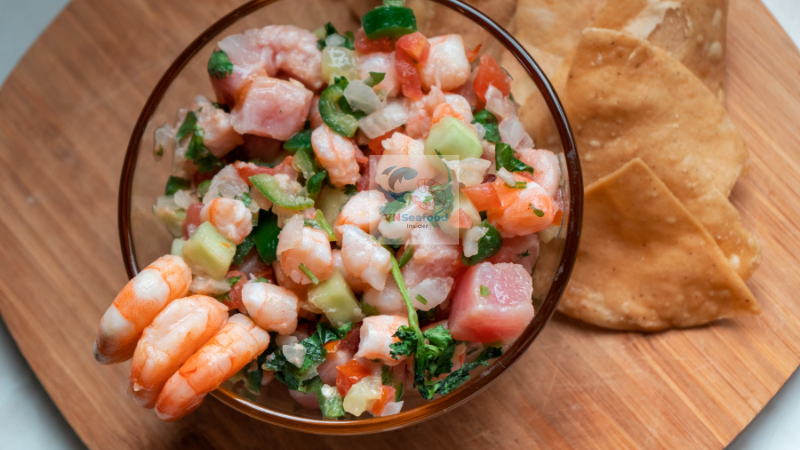
Vietnam’s shrimp industry offers tremendous opportunities for businesses seeking high-quality, sustainable seafood products. By understanding the country’s production regions, evaluating suppliers based on meaningful criteria, building strong relationships, and navigating regulatory requirements effectively, you can establish valuable partnerships with Vietnamese shrimp suppliers that benefit both your business and theirs.
At VNSeafoodInsider, we’ve witnessed countless successful partnerships between international buyers and Vietnamese producers built on mutual respect, quality focus, and clear communication. The extra effort required to find and develop relationships with premium suppliers yields dividends in product quality, reliability, and customer satisfaction.
Whether you’re looking to diversify your existing supplier base or entering the seafood import business for the first time, Vietnam’s shrimp industry offers options for every market segment—from mass-market frozen products to premium organic offerings for high-end restaurants.
The journey to finding the right Vietnamese shrimp suppliers may require patience and cultural adaptation, but the rewards of securing a reliable supply of high-quality shrimp will position your business for sustainable growth in the competitive global seafood market.
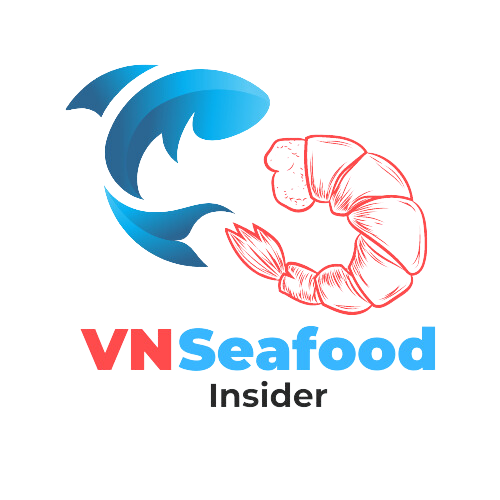
Pingback: Disclose top 3 Of The Best Frozen Shrimp Products for Importers
Pingback: Discover Shrimp Market Trends 2025: Navigating the Waves of Change
Pingback: 46% tariff! How US Reciprocal Tariffs impact Vietnam Seafood
Pingback: The Untold Success of Sustainable Shrimp Farming Vietnam Eco-Innovations
Pingback: Vietnam Seafood Export Up 22.3% in 2025 | Import Statistics & Data
Pingback: 5 Common Vannamei Shrimp Parasites You Should Know
Pingback: Vietnam Shrimp Export: $2.5B Opportunities in US & China Markets (2025)